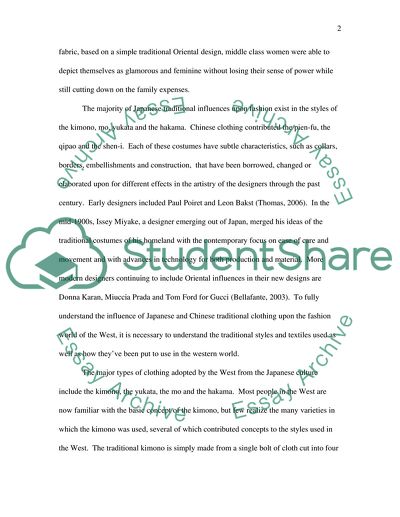Cite this document
(“Pattern and Ornament: An Oriental Influence Essay”, n.d.)
Retrieved from https://studentshare.org/technology/1545730-pattern-and-ornament
Retrieved from https://studentshare.org/technology/1545730-pattern-and-ornament
(Pattern and Ornament: An Oriental Influence Essay)
https://studentshare.org/technology/1545730-pattern-and-ornament.
https://studentshare.org/technology/1545730-pattern-and-ornament.
“Pattern and Ornament: An Oriental Influence Essay”, n.d. https://studentshare.org/technology/1545730-pattern-and-ornament.


